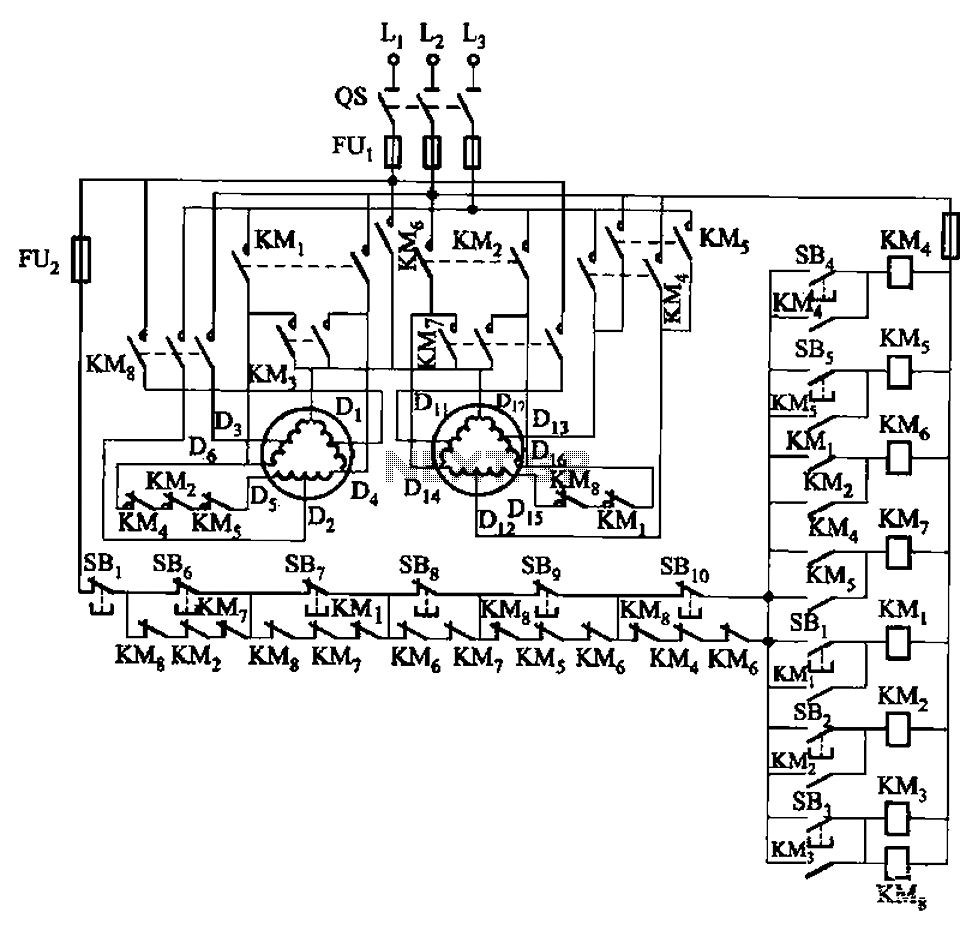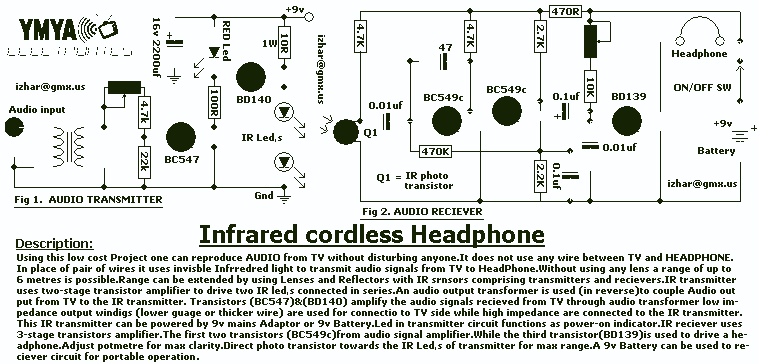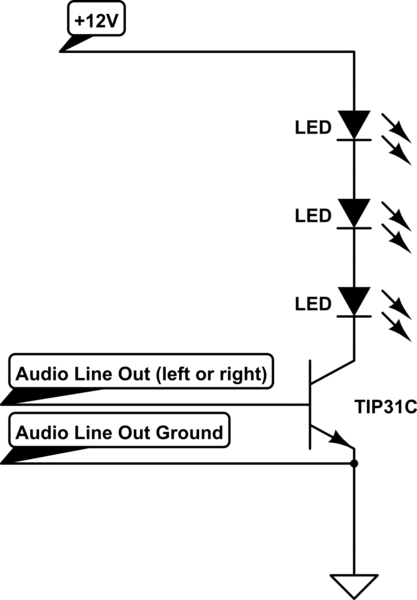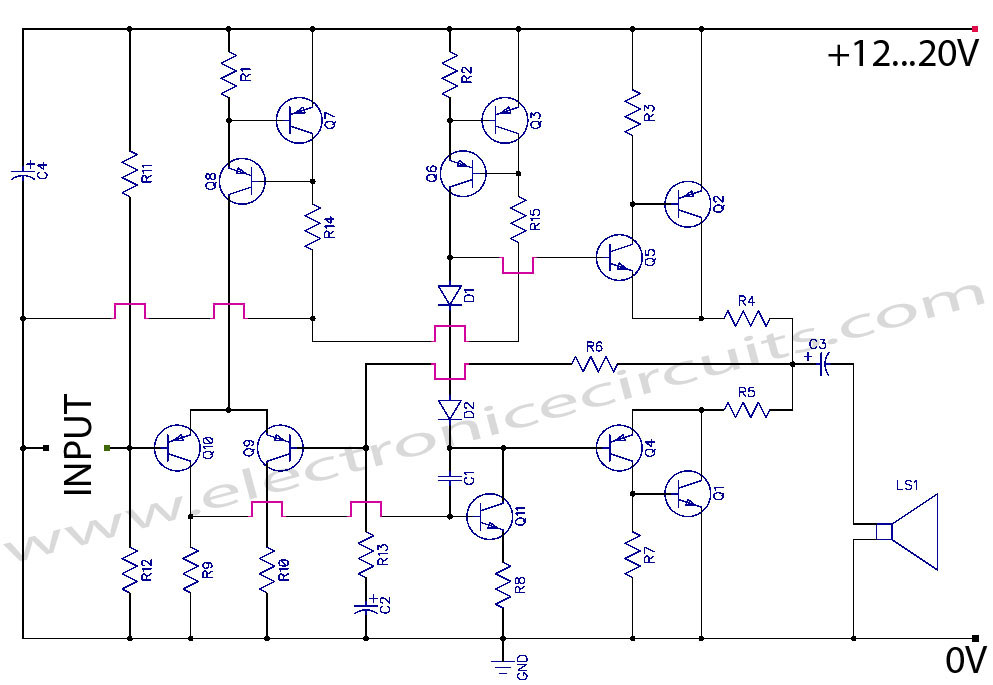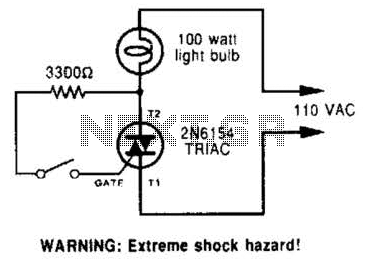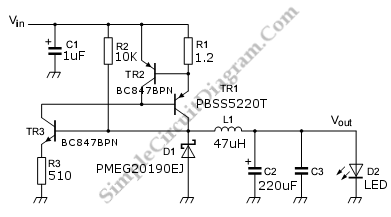
Transistor Current Amplifier Circuit
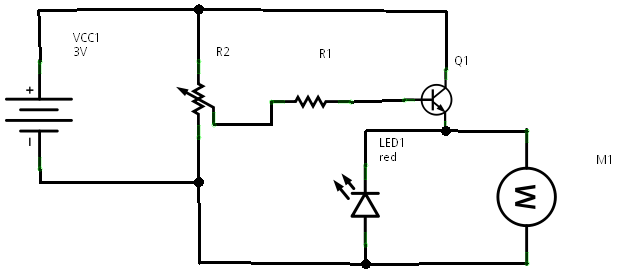
In a prior post titled "Timing is Everything," the application of PWM (Pulse Width Modulation) signals for controlling devices such as LEDs was discussed. This technique is particularly beneficial when working with digital devices, including microchips and microcontrollers, which often necessitate programming. However, there are instances where a straightforward circuit is desired without engaging in programming, which would involve utilizing an analog circuit.
PWM signals are a versatile method for controlling the brightness of LEDs, motor speed, and other applications requiring variable power levels. By varying the duty cycle of the PWM signal, the average power delivered to the load can be adjusted without changing the voltage supply. This is accomplished by switching the power on and off at a high frequency, which is imperceptible to the human eye or mechanical systems.
In situations where programming is not feasible or desired, analog circuits can be employed to achieve similar outcomes. For instance, a simple analog dimmer circuit for an LED can be constructed using a variable resistor (potentiometer) in series with the LED. Adjusting the resistance alters the current flowing through the LED, thus changing its brightness.
Another approach involves using a transistor as a switch, where the base of the transistor is controlled by a variable voltage from a potentiometer. This allows for smooth control over the LED's brightness without the need for complex programming.
For applications requiring precise control, integrating operational amplifiers can enhance the analog circuit's functionality. By configuring an op-amp in a feedback loop, it is possible to create a voltage-controlled current source that can maintain a constant current through the LED regardless of variations in supply voltage or LED characteristics.
In summary, while PWM is a powerful tool for digital control of devices, analog circuits offer a simpler alternative for applications where programming is not an option. These circuits can effectively manage power delivery to components like LEDs, providing flexibility and ease of use in various electronic projects.In a previous post titled, ""Timing is everything"" I explained how PWM signals are used to control devices like LED`s. This is extremely useful when dealing with digital devices like microchips, microcontrollers, and practically anything that requires programming.
""I just want a simple circuit without doing programming!"" This would require using analog circuit, which just. 🔗 External reference
PWM signals are a versatile method for controlling the brightness of LEDs, motor speed, and other applications requiring variable power levels. By varying the duty cycle of the PWM signal, the average power delivered to the load can be adjusted without changing the voltage supply. This is accomplished by switching the power on and off at a high frequency, which is imperceptible to the human eye or mechanical systems.
In situations where programming is not feasible or desired, analog circuits can be employed to achieve similar outcomes. For instance, a simple analog dimmer circuit for an LED can be constructed using a variable resistor (potentiometer) in series with the LED. Adjusting the resistance alters the current flowing through the LED, thus changing its brightness.
Another approach involves using a transistor as a switch, where the base of the transistor is controlled by a variable voltage from a potentiometer. This allows for smooth control over the LED's brightness without the need for complex programming.
For applications requiring precise control, integrating operational amplifiers can enhance the analog circuit's functionality. By configuring an op-amp in a feedback loop, it is possible to create a voltage-controlled current source that can maintain a constant current through the LED regardless of variations in supply voltage or LED characteristics.
In summary, while PWM is a powerful tool for digital control of devices, analog circuits offer a simpler alternative for applications where programming is not an option. These circuits can effectively manage power delivery to components like LEDs, providing flexibility and ease of use in various electronic projects.In a previous post titled, ""Timing is everything"" I explained how PWM signals are used to control devices like LED`s. This is extremely useful when dealing with digital devices like microchips, microcontrollers, and practically anything that requires programming.
""I just want a simple circuit without doing programming!"" This would require using analog circuit, which just. 🔗 External reference
